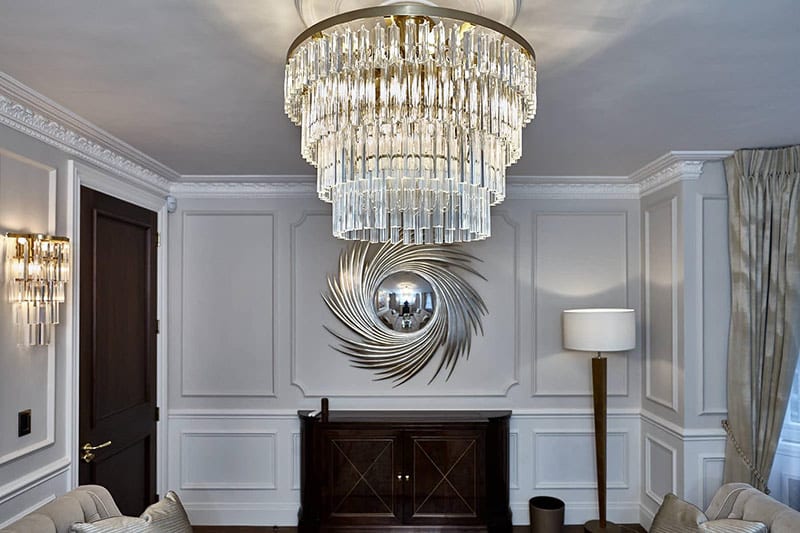Last Updated on October 6, 2021 by Gino Borghese
Architectural lighting design does not only apply to where you live but is also an important concept for public buildings, corporations and any commercial settings. Commercial lighting design can turn a dull space into an exciting and inviting one, follow a certain theme or branding and have a significantly positive impact.
Good lighting design often goes unnoticed but can subconsciously have a beneficial effect on those who spend time there, whether employees or public visitors.
Commercial space could include areas like offices, restaurants, hotel lobbies, hotel foyers, theatres, retail stores or any other place where people congregate.
How Architectural Lighting Desing Works
Architectural lighting design begins when lighting designers working with architects to come up with plans that will determine the look and feel of the finished space. The lighting designers then complete their work, creating and installing lighting features, mirrors and wall lamps to complete the original planned appearance.
Who Uses Architectural Lighting Design?
For places like shops, lighting design can attract customers, inviting more people into the store and hopefully spending more time inside. The lighting design can also reflect themes, colours and company branding. For instance, a technology company might create a highly futuristic and efficient interior design theme that is complemented by contemporary light features.
Restaurants make great use of lighting design elements to create an atmosphere relevant to the type of food they serve. It’s all about creating an inviting experience that makes people want to stay longer and spend more. Luxurious Chandeliers are an ideal solution to decorate an exclusive commercial space and also provide a statement piece.
For an architectural lighting designer, it’s important to understand the needs of the commercial client. A lighting designer might use the aid of sketches, models or computer simulations to help their clients better visualise the lighting they want to design.
For bespoke lighting, the craftsperson must understand a client’s plan for a specific space and come up with suggestions that keep in step with the overall design plans. An architectural lighting designer will also have good knowledge of design elements such as line, form and colour to ensure the perfect piece is made for the available space.
Commercial lighting design can take the form of contemporary and modern chandeliers, using existing styles or creating completely new ones. Contemporary chandeliers are popular choices for corporate lobbies, tech firms and even some government departments.
Drawing from the past is also an option, using traditional materials like crystals or hand-blown glass to create a warm atmosphere. This is often applied in places that require a comforting ambience like a restaurant or retail store.
The interior of a building must use its light and space in such a way as to positively impact the people who work or visit. They should be designed around the needs of their occupants. The most stunning building in the world is still useless if it cannot fulfil its function effectively.
The ability to trigger physical, psychological and physiological wellbeing is at the forefront of modern architectural lighting design concepts. Whilst it is still fairly difficult to construct the perfect place, achieving a balance between light and shade is crucial.
Light is especially important. Studies have shown that hospital patients recover better in natural light and school students perform better. Visible light aids the body in its regulation of the melatonin hormone which affects our body clock. This in turn affects sleep patterns and digestion. Light also helps increase our production of serotonin, the hormone that reduces the chance of depression.
